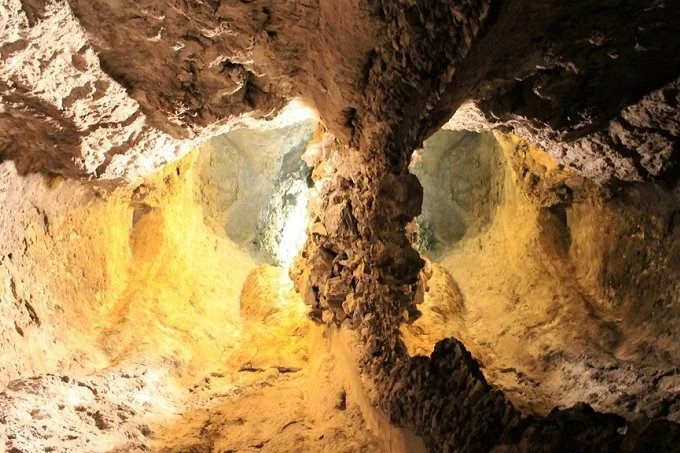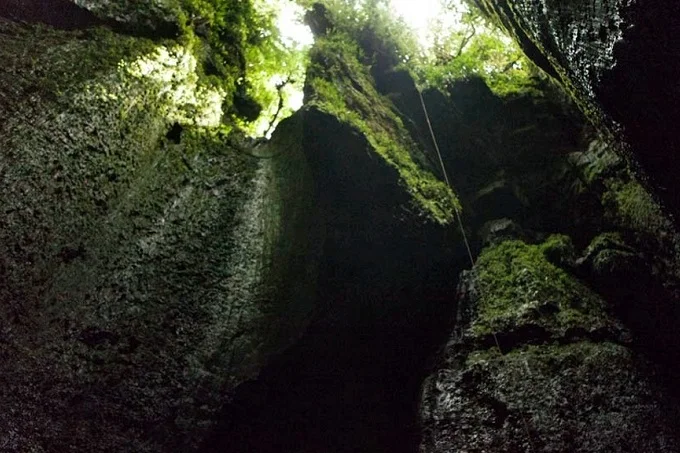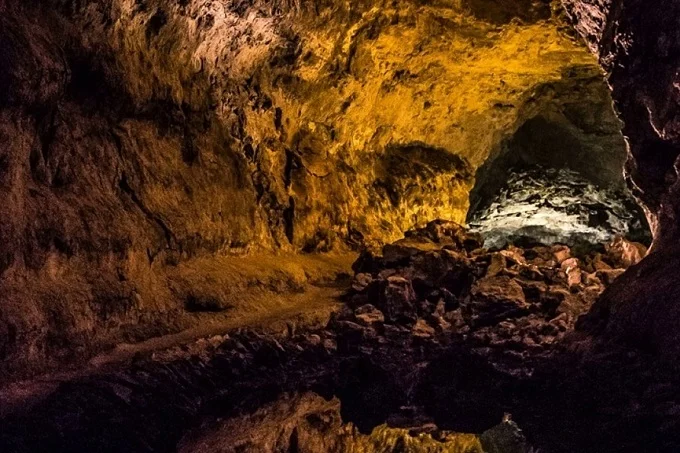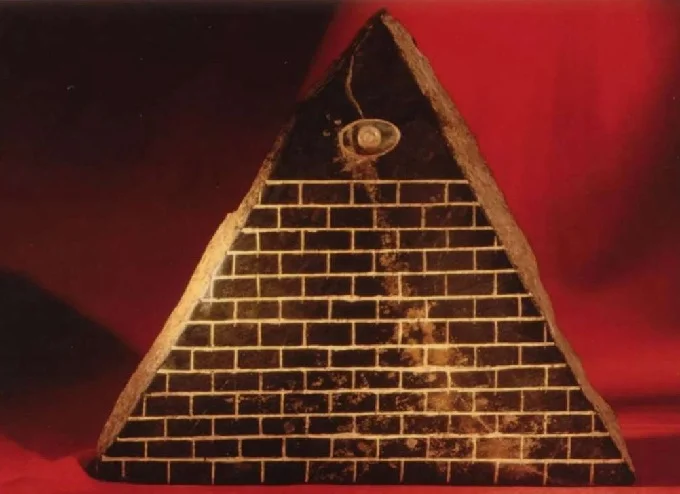Ecuador’s underground labyrinth — nature or a miracle of engineering?

There are still a lot of mysteries that need to be unraveled in our world, and it is very feasible that some of them will continue to be shrouded in obscurity. One of these is the subterranean labyrinth of Ecuador, which was revealed to the rest of the world in 1965 by Juan Moritz, an ethnologist from South America who is of Hungarian descent. Even though the cave has been explored in the past (the first known recorded reference to it is from the year 1860), a more in-depth investigation did not begin until the second half of the 20th century with the filing of Moritz.
There are multiple entrances to the Cueva de Los Tayos dungeon (this is the name of the cave). One of them is a mine that is situated in the middle of the jungle at an elevation that is 539 meters above sea level. The mine is 65 meters deep and has a diameter of 2 meters. The cave covers an area of about 4 kilometers squared in its entirety. It consists of a vast network of caves and underground rooms (the largest is 90×240 meters).
Is it man or nature?
The labyrinth has largely artificial origins, as shown by its polished walls and ceiling, well-adjusted 90° twists, cut stairs, tiny (just over a meter) pyramids, and a burial chamber. At least, that is what the individuals who discovered such locations said to be the case. One of those individuals was Erich von Daniken, who mentioned that the subterranean chambers in Ecuador were natural structures that had been “changed” by man.
In 1976, a sizable expedition was planned, and it was successful in that it was able to investigate a portion of the subterranean premises. The campaign included contributions from astronaut Neil Armstrong and civil engineer Stan Hall, who hails from Scotland. There were other individuals who did not subscribe to the theory that the subterranean labyrinth was created by human ingenuity, and these individuals were of the opinion that nature alone was responsible for its formation. There is no question in anyone’s mind that individuals inhabited the cave and stocked it with belongings. However, there are a variety of schools of thought about the initial beginnings of the subterranean chambers and passageways.

Because the Incas have not been discovered to have left any indication that they have the requisite knowledge and skills to make such a thing, scientists who are inclined to regard the object to be the product of human ingenuity assume that the cave was first inhabited a very long time before the Incas.
In the 1970s, radiocarbon dating revealed that the tomb in the cave was constructed between 1800 and 1500 BC. Other experts, basing on the findings of archaeological digs, have come to the conclusion that the cave was occupied between 800 and 400 BC.
The mystery surrounding the Underground Library
There are numerous things of a like-kind all throughout the globe, which raises the issue of where they originated and the methods that were used in their manufacture (if we talk about obviously man-made structures). However, Los Tayos is shrouded in a number of intriguing mysteries.
For instance, Moritz, the person who uncovered the labyrinth, said that the dungeon included an entire library with metal plates that contained symbols that he had never seen before. The individual who made the discovery said that there were over a thousand of these plates in the chamber and that they were “stitched” together like books. Some of the plates weighed over 20 kg each. Von Daniken, who went down into the cave with him in 1972, was never able to have a look at the library, despite the fact that he was shown some of the artifacts. And all that’s left of some of the supposedly buried texts is a collection of images. Researchers that came after them did not uncover anything like to this either. Although there have not been any large-scale explorations of this cave since 1976, it is still being investigated to this day.

You may learn about this issue from a variety of sites, including Wikipedia, which reports that it is the Shuar people, on whose land the dungeon is situated, who provide a barrier to more regular investigation of the cave. Permission to access such sites must be secured in accordance with the laws not only from the Ecuadorian government by paying a charge but also from the Indians, who still believe themselves to be the primary caretakers of the mysteries of the Tayos cave.
However, several international speleologists point out that in actuality, the Ecuadorian authorities openly allow trips to such areas, given that they have oral approval from the Shuar, and the Shuar, in turn, are fairly cordial and amicable.
Legends abound among the native peoples of South America about the enigmatic individuals who were said to have formerly lived in such prisons (labyrinths are found in Peru, Bolivia, and Chile…). Opinions were voiced on the aliens (which is to be expected), as well as regarding the Atlanteans… Who exactly constructed Cueva de Los Tayos, or even whether they did it at all, will remain a mystery for the foreseeable future.




